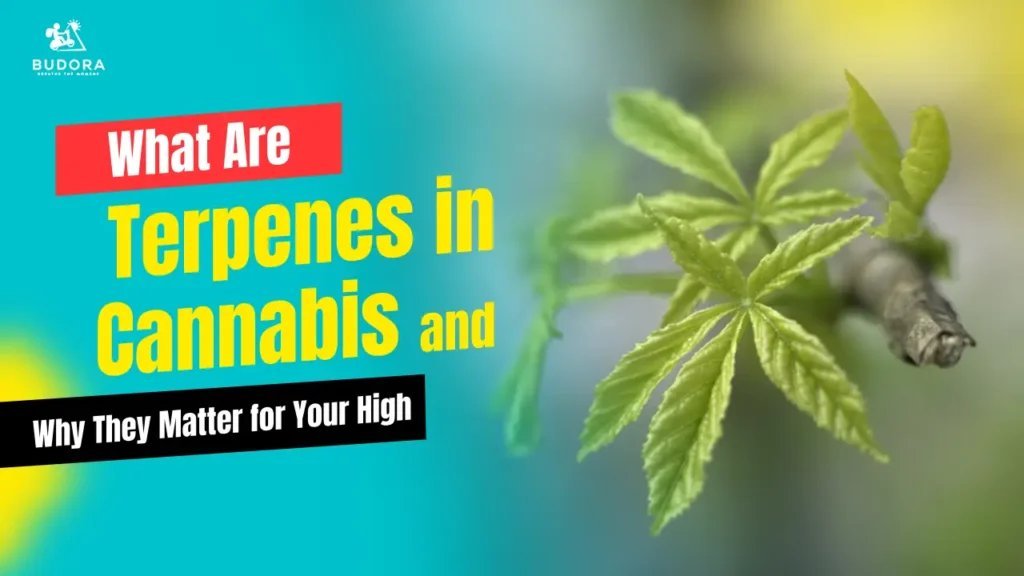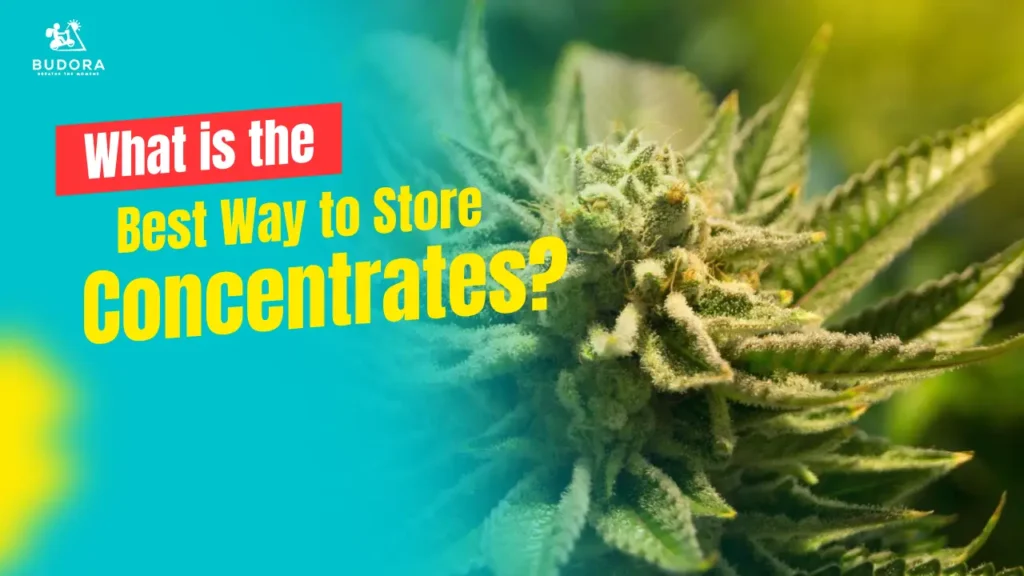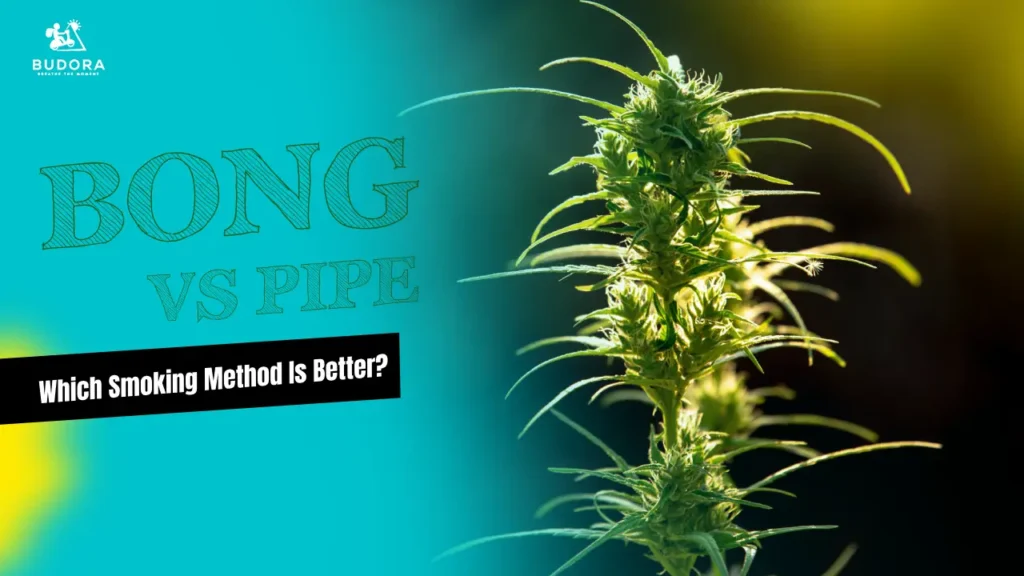Blog
What Is Rosin? Exploring Its Types, Extraction, and Benefits
- Budora Team
- Concentrates WeedBlogs
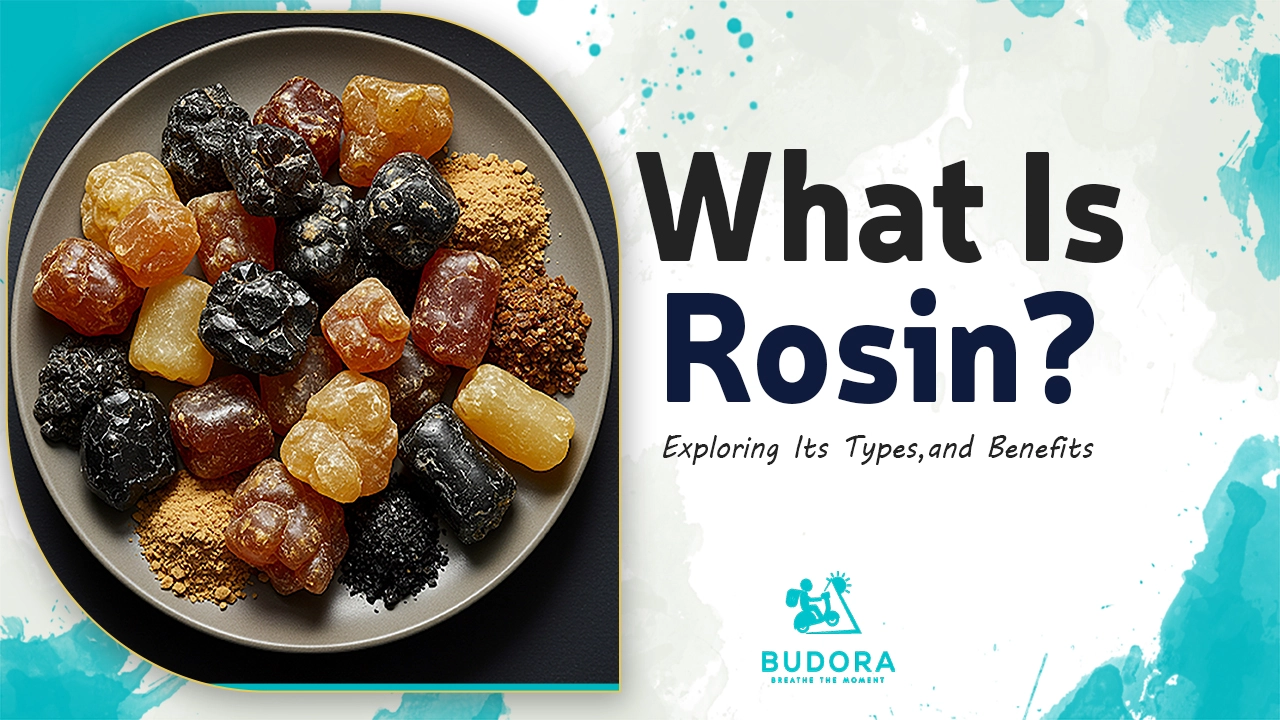
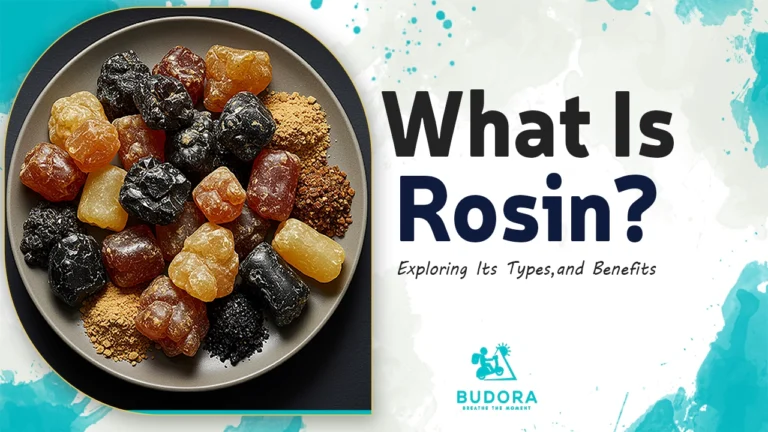
Rosin has quickly become a favorite among cannabis enthusiasts for its purity, potency, and solvent-free production. Unlike many concentrates that rely on chemical solvents, rosin is made using just heat and pressure, resulting in a clean extract that preserves the natural cannabinoids and terpenes of the plant. Whether you’re new to cannabis concentrates or looking to deepen your understanding, exploring rosin opens the door to a world of different types, unique extraction methods, and a range of potential benefits. In this blog, we’ll break down what rosin is, how it’s made, and why it’s gaining popularity in the cannabis community.
Key highlights
- Rosin is a solventless cannabis concentrate made using only heat and pressure, offering a clean and chemical-free extraction.
- There are multiple types of rosin—like flower rosin, live rosin, and hash rosin, each varying in potency, flavor, and extraction method.
- Rosin can be dabbed, vaped, smoked, or infused into edibles and topicals, making it one of the most versatile cannabis concentrates available.
What is Rosin?
Rosin is a type of cannabis concentrate made by applying heat and pressure to cannabis flower, hash, or kief. What sets it apart? No chemicals or solvents are used during the process. That’s why it’s often called a solventless extract.
If you’re new to cannabis or want a broader understanding, cannabis key facts can give you a solid foundation. The result is a sticky, sap-like substance packed with cannabinoids and terpenes—basically, all the good stuff from the plant in a concentrated form.
Types of Rosin
Rosin isn’t a one-size-fits-all product. Depending on what you start with, you’ll get slightly different results. Here are the main types:
Flower Rosin
Made by applying heat and pressure to cannabis flowers, flower rosin retains the plant’s natural flavor and terpenes, offering a pure and potent concentrate.
Hash Rosin
Extracted from bubble hash or sifted hash, hash rosin is cleaner and more refined, as it’s made from trichomes that have already been isolated through a sifting or washing process.
Dry Sift Rosin
Made from kief (trichomes) collected through sifting, dry sift rosin is a premium concentrate known for its high potency and smooth, flavorful experience.
Live Rosin
Live rosin is made from fresh frozen cannabis, which helps lock in the plant’s natural flavors and aromas. It’s known for being rich, smooth, and full of terpenes. If you’re not sure how to use it, smoking live resin is easy once you know the basics.
CBD Rosin / Hemp Rosin
This rosin is made from hemp or CBD-rich cannabis strains, offering a non-psychoactive concentrate with therapeutic benefits like pain relief and stress reduction.
Ice Water Hash Rosin
Made from hash processed through ice water extraction, this rosin is cleaner and richer in cannabinoids and terpenes, offering a smooth and flavorful concentrate.
Solventless Rosin
A broad category that includes all rosin types, solventless rosin is made without the use of solvents, providing a pure, chemical-free concentrate using only heat and pressure.
How is Rosin Made?
Rosin extraction uses a simple process: just heat and pressure, no solvents or chemicals. Here’s how it’s made at both professional and DIY levels:
Professional Extraction (Rosin Press Method)
- Cannabis flower, hash, or kief is placed in a filter bag between parchment paper.
- A rosin press applies precise temperature (typically 160–220°F) and heavy pressure.
- The result is a golden, terpene-rich concentrate collected directly from the plant material.
How to Make Rosin at Home (DIY Method)
Want to try making rosin at home? All you need is a hair straightener, parchment paper, and some flower or kief.
Step-by-Step DIY:
- Preheat the straightener to 250–300°F (121–149°C).
- Place cannabis in parchment paper and fold it tightly.
- Press the straightener down firmly for 5–10 seconds.
- Unfold and collect the fresh rosin with a dab tool.
Tip: Always use heat-resistant gloves and avoid overheating, as it can degrade terpenes.
How to Use Rosin
There are several effective and enjoyable ways to use rosin concentrate. Whether you’re into dabbing or prefer edibles, here’s how users typically consume it:
Dabbing Rosin
The most popular method. Use a dab rig or electronic dab pen. For best results, dab at low temperatures (500–600°F) to preserve flavor and aroma.
Vaping Rosin
Use a rosin-compatible vaporizer designed for concentrates.
Smoking Rosin
Add a small amount to a joint, bowl, or blunt. It enhances potency and flavor but can get sticky, so use it carefully.
Edibles with Rosin
After decarboxylating (heating to activate cannabinoids), rosin can be infused into oils or butter for baking or cooking.
Topicals (New Subsection)
Some users infuse rosin into homemade balms for localized relief. It’s gaining traction in cannabis skincare circles.
How to Store Rosin Properly
Rosin is sensitive to light, heat, and air. Here’s how to keep it fresh:
- Short term: Use a small silicone or glass container. Store in a cool, dark place.
- Long term: Keep it in the fridge, sealed tight. For high-quality rosin, freezing is even better.
Why is Rosin So Popular?
Rosin is quickly becoming a favorite among cannabis consumers for several reasons:
- Solvent-Free Extraction – No butane, propane, or CO2; just clean, chemical-free concentrate.
- Rich Flavor Profile – Because it preserves natural terpenes, rosin delivers a more flavorful experience than many solvent-based concentrates.
- DIY Friendly – You can make small batches of rosin at home without expensive equipment.
- High Potency – With THC content ranging from 60%–80%, rosin is significantly stronger than flower.
- Versatile Use – Ideal for dabbing, vaping, baking, and topical use.
Rosin Consistencies: What It Looks Like
Depending on the strain, temperature, and starting material, rosin can take on several textures:
- Budder – Smooth and creamy, like frosting.
- Shatter – Hard and brittle, breaks like glass.
- Jam – A saucy consistency with a rich flavor.
- Taffy – Stretchy, sticky, and full of terpenes.
These forms don’t indicate quality—they’re just different textures that some users prefer for different experiences.
What to Look for When Buying Rosin
Not all rosin is created equal. Here’s what to keep in mind:
- Color – Lighter usually means fresher, but not always.
- Smell – Should smell strong and pleasant.
- Texture – Smooth, not too runny or dry.
- Source material – Rosin from hash is generally higher quality than from flower.
Ask your budtender about live rosin, full-melt, or cold-cured options if you want top-shelf quality.
Conclusion
Rosin is a concentrate for the people. It’s natural, flavorful, and easy to use. Whether you’re dabbing with a high-end press or trying the DIY route with a hair straightener, it offers a clean and enjoyable way to experience cannabis.
If you’re looking for a pure, potent experience that doesn’t involve any chemicals, rosin might just become your new favorite.
Frequently Asked Questions About Rosin
What is rosin made of?
Is rosin stronger than cannabis flower?
Can you make rosin at home?
What’s the difference between rosin and resin?
How should I store rosin?
Like this article?

Budora Team
OTHER ARTICLES YOU MAY LIKE

